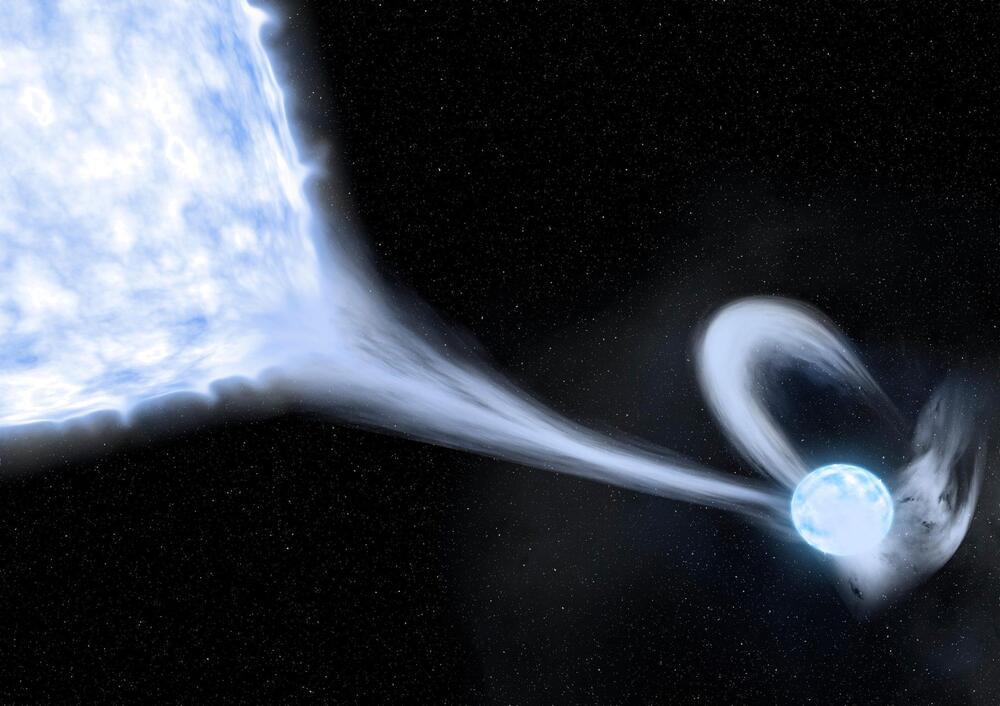Supernovae–stellar explosions as bright as an entire galaxy–have fascinated us since time immemorial. Yet, there are more hydrogen-poor supernovae than astrophysicists can explain. Now, a new Assistant Professor at the Institute of Science and Technology Austria (ISTA) has played a pivotal role in identifying the missing precursor star population. The results, now published in Science, go back to a conversation the involved professors had many years ago as junior scientists.
The Enigma of Hydrogen-Poor Supernovae
Some stars do not simply die down, but explode in a stellar blast that could outshine entire galaxies. These cosmic phenomena, called supernovae, spread light, elements, energy, and radiation in space and send galactic shock waves that could compress gas clouds and generate new stars. In other words, supernovae shape our universe. Among these, hydrogen-poor supernovae from exploding massive stars have long puzzled astrophysicists. The reason: scientists have not been able to put their finger on their precursor stars. It is almost as if these supernovae appeared out of nowhere.









Comments are closed.